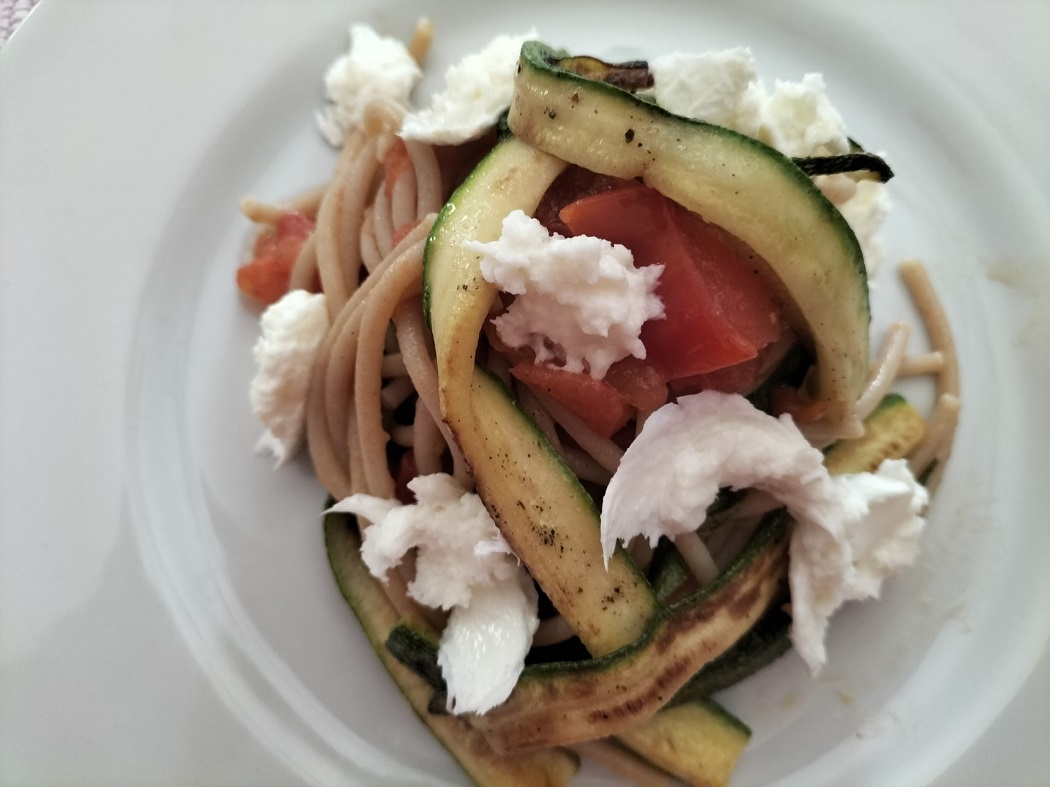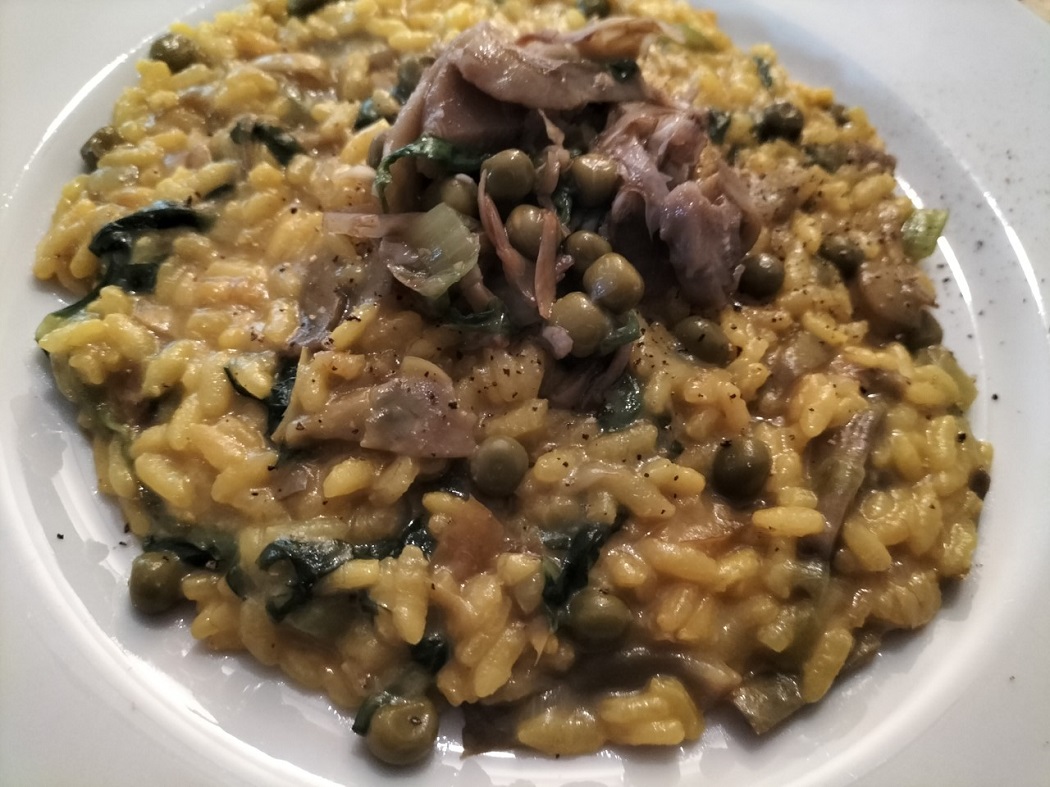The statue of the saint, probably of 16th century origin, is adorned with a precious silver garment donated by Patrician emigrants at the beginning of the 20th century and is carried in procession on his machine (carriage) on August 16th of each year. As he passes by, the people and those who follow the procession shout "Avìva Saròcco!" from time to time (Evviva San Rocco!)
The procession winds a very evocative arduous route through the narrow alleys of the old town and is still frequented today by barefoot women carrying large candles lit as if for a votive offering. They are the last "trace" that remains of a custom that saw women follow the procession on their knees and with large baskets on their heads loaded with donuts.
At one time, at the end of the procession, the noble families of Patrica took care of distributing to the people the "Maccarùni dulla flebba" (macaroni of the common people), seasoned with tomato sauce.
Another custom still part of the festival today, is the distribution at the end of the walk of the traditional donuts of San Rocco, which are given first to the carriers of the Saint and then to the population. Over the centuries, behind this custom was born the famous saying, now widespread throughout the Ciociaria, "Chi su magna la ciammélla i chi strilla "Avìva Saròcco", which originates from what happened in the alleyways of Patrica during the San Rocco procession. (The story of San Rocco)
The women in the farthest ranks of the procession, less in sight of those placed at the beginning that had to shout "Avìva Saròcco", could afford to eat from time to time a few bites of donuts that they carried in baskets.
The way of saying “Chi su magna …..” refers therefore to two people who take part in the procession but with different effort and commitment. Today the saying is often used in a negative sense to refer to people who hold public positions but are more focused on their possible return than on commitment and the donut is almost to symbolize that sort of well-being in the hands of a few.
Ciammèlla du Saròcco (Donut of San Rocco)
It is a large donut made with milk, eggs, sugar, anise and brewer's yeast, wine, sambuca and cinnamon. It is cooked in the oven and this adds a special flavor.
According to tradition, the donuts are blessed in the church during the Feast of San Rocco and still distributed today at the end of the procession on August 16 of each year, the day dedicated to the patron saint of the plague and other diseases.








Follow us